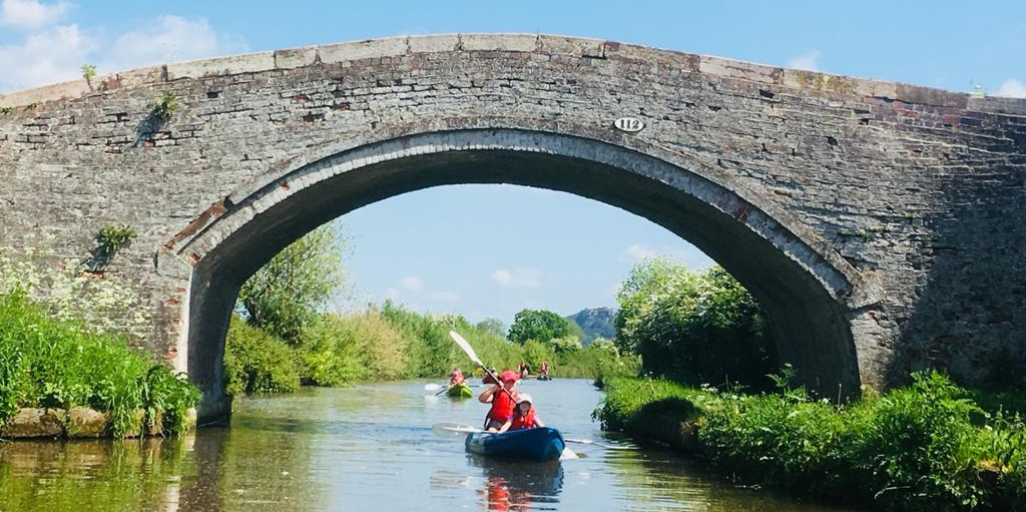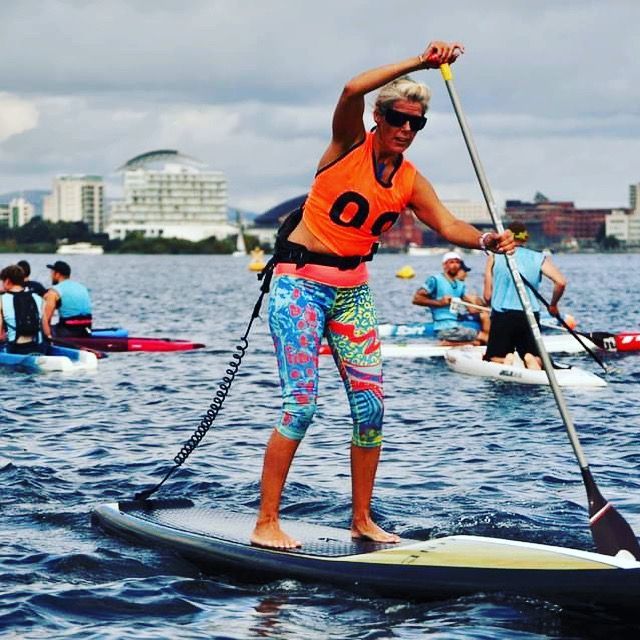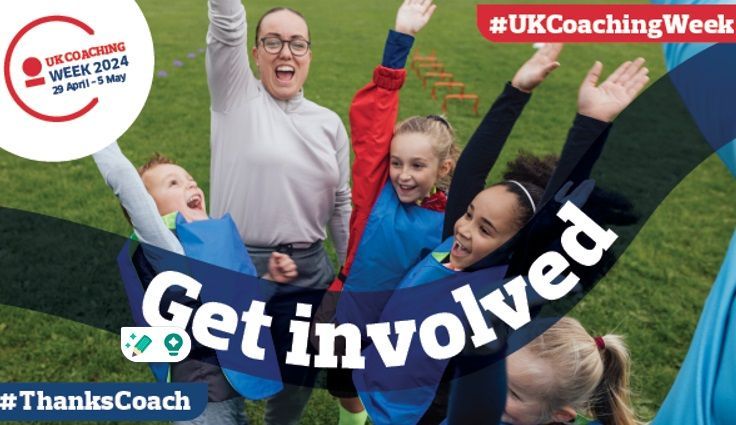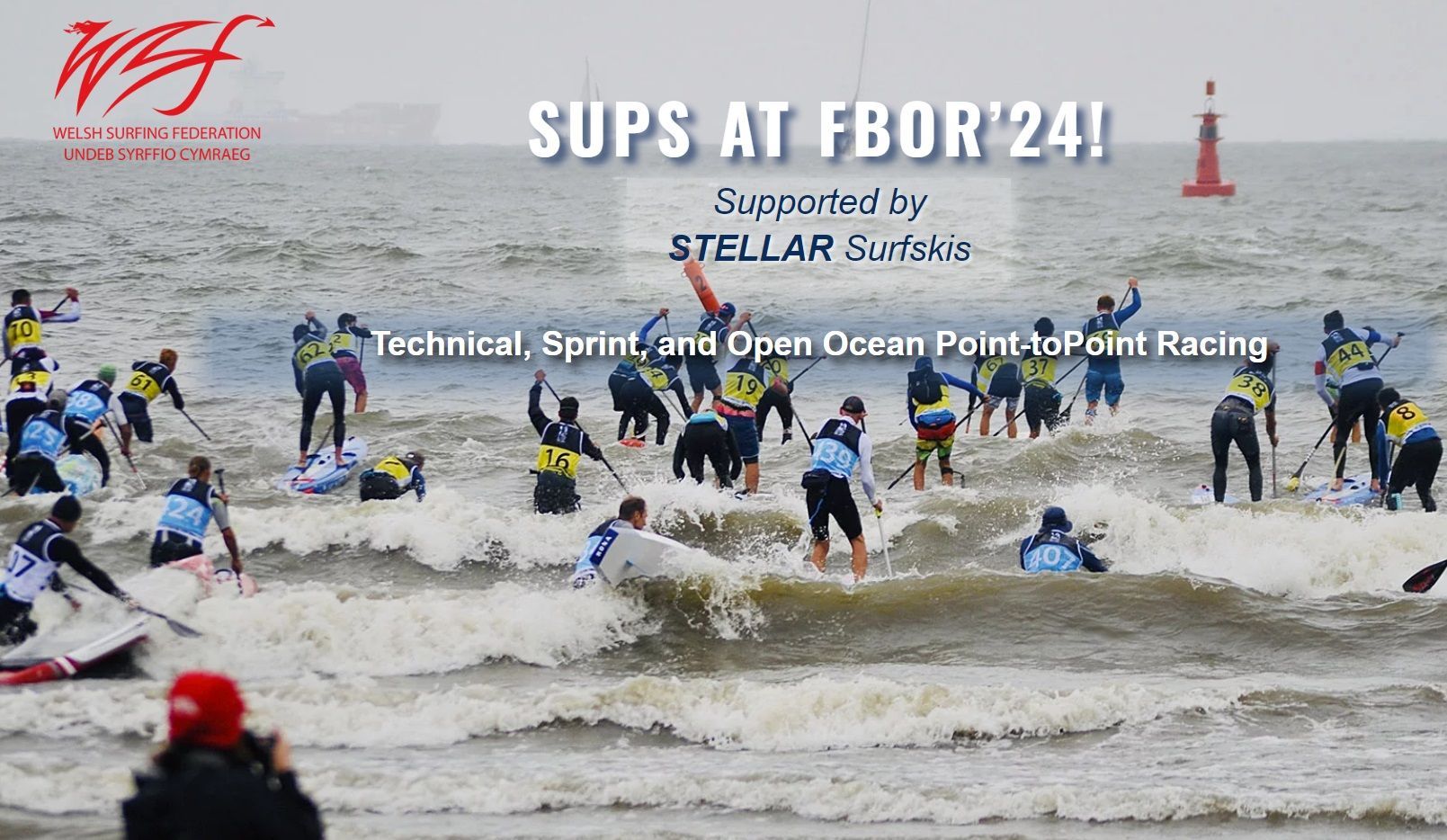- Home
- About
- Go Paddling
- #ShePaddles Cymru
- Qualifications & Awards
- Competition
- Resources
- Access to Waterways
- Ceufad
- Club Support and Affiliation
- COVID-19 Guidance
- Discounts and Special Offers
- Event Planning and Safety
- Insurance
- Craft Insurance
- Protecting Our Environment
- Safeguarding and Child Protection
- Report an Incident
- #ShePaddles Cymru Champion Club Programme
- The Canoeing Code
- Young Volunteers
- Shop
- Environmental and Access
- Standards For Deployment
Top Tips: Canal Safety & Equipment
Safety and equipment on canals for kayaks, canoes and paddleboards
With no tides or currents and with straightforward navigation and access canals are the perfect place for an easy paddling adventure. However, it’s not all plain sailing (?!); canals do have their own unique hazards, navigation rules and kit requirements, so we’ll answer all your questions so you can have a safe and fun day on the water!
Can I take a canoe, kayak or paddleboard on a canal in Wales?
Yes, provided you hold a waterways licence, have the correct equipment and a ‘canalworthy’(!) paddlecraft. For more details about the waterways licence and how to buy one click here (if you’re already a Canoe Wales On the Water member then you have a waterways licence, congratulations!).
Is it safe to kayak, canoe or paddleboard on canals?
Yes! Generally, canals are very safe waterways and great for beginners or those wanting an easier trip. There are some canal features to be aware of e.g. sluices, locks and barges, however, if you’re a competent paddler (or with a competent paddler) these can be easily managed or avoided. The weather can be an issue; some sections of canal can be exposed to the wind; great if it’s behind you, not so great if it’s head-on. Definitely check the weather forecast before heading out. There is a small risk of Leptospirosis (Weil’s Disease), so, clean and cover any cuts or scratches, wash your hands before eating or drinking (or use hand sanitiser), and wash your equipment after use. Washing you kit will also help stop the spread of invasive species – check, clean, dry to protect our environment.
https://www.canoewales.com/protecting-our-environment
Are canals always open?
No; sections of canal can be closed (and dry!) for maintenance, repairs etc. It’s well worth checking before you head to the water; you can find all closures listed here
https://canalrivertrust.org.uk/notices
What paddlecraft can I take on a canal?
Canoes, kayaks (closed cockpit and sit-on-tops) and paddleboards can be paddled on canals. Check your paddlecraft is canal-worthy; for hard-hulled (plastic) boats check that the hull is intact (no cracks or holes), that the fittings are secure (seats, grab handles etc.) and the plastic isn’t brittle/UV-damaged. For inflatables check the board is rigid when pumped, has no leaks and any attachment points are secure.
What equipment do I need?
A buoyancy aid or personal flotation device is essential, whether you’re paddling a canoe, kayak or paddleboard. For paddleboards a leash is essential (ideally a waist leash, if not an ankle or calf leash is suitable for flat water). You should also carry: a mobile phone (in a waterproof pouch, carried on you, not on your boat/board), appropriate clothing for the weather (plus spares in a dry bag), water, food, hand sanitiser and sunscreen (fingers crossed you need it!).
If you’re paddling a section of canal with a navigable tunnel you must carry a whistle and light e.g. headtorch.
Can I take my canoe, kayak or paddleboard through tunnels or over aqueducts?
Each tunnel and aqueduct has its own navigation regulations, which also depend on what craft you are paddling e.g. Poncysyllte Aqueduct on Llangollen Canal allows kayaks and canoes to paddle over, however, paddleboards must be walked across (because there are no safety railings – it’s a big drop!). If you are permitted to paddle through a tunnel you are required to carry a whistle and show a bright, forward facing light light e.g. headtorch. The Canal & River Trust lists all the individual tunnel and aqueduct guidance and regulations here so it’s easy to plan your trip and be prepared.
What if I meet a barge or boat when I’m on a kayak, canoe or paddleboard?
Barges and boats need deeper water, so keep to the side of the canal. Ideally choose the side where the boater can see you most clearly. Make sure they’ve seen you and stay at the side unless they ask you to move to an easier spot.
How to I get my canoe, kayak or paddleboard round a lock?
Locks can be very dangerous; carry (portage) your paddlecraft around them (a number of locks have paddlecraft launch points specifically for this). Do not stay on/in your paddlecraft in a filling/emptying lock. Some locks are quite long so it’s worth being prepared e.g. with a canoe trolley. If your paddlecraft is too heavy to carry you can use ropes to keep control from the side, and tow it through the lock from the towpath.
What are lift bridges and dropped bridges?
Lift bridges can be raised above the canal to allow barges to pass. Some can be paddled under when lowered, others are too low for paddlers and you’ll have to carry (portage) round them. Dropped bridges cross the canal at bank level, making them impossible to paddle under, so you’ll need to carry (portage) around them (dropped bridges were built after the canals were closed to commercial navigation, so there was no need to provide clearance for barges).
Are there canoe, kayak and paddleboard launch points on the canals?
Yes, most canals have purpose-built paddlecraft launch points at the more popular access points (car parks), and at some locks and lift bridges. These are 2m sections of the canal edge which have been covered with rubber matting. However, they are not installed at every car park and lock.
OK, you’ve convinced me – I want to go paddling on a canal! Where can I go?
We thought you might say that… watch out for next blog on the best canoe, kayak and paddleboard canal trips in Wales! (link to next blog).
Alternatively, we’ve produced Paddling Trails for both the Llangollen Canal and the Monmouthshire and Brecon Canal. These are free downloads packed with all the info you need to get on the water; launch points, distances, lock portages, accessibility, pubs, cafes, parking, facilities and some very interesting info on local history and wildlife. Plus a map and downloadable GPX file. Basically everything you need to plan a trip on the canal is here
https://www.canoewales.com/paddling-trails
Hopefully that’s answered all your questions on canal access, safety and equipment! For further info check out the Canal & River Trust guidance and requirements for paddlecraft here or contact us with any questions or queries – we’re good at talking about paddling…
https://canalrivertrust.org.uk/enjoy-the-waterways/canoeing-and-kayaking-near-me/canoeing-safely
Recent Posts
OUR PARTNERS
Canoe Wales | All rights reserved.
Website Design by Website Sorted
CANOE WALES, CANOLFAN TRYWERYN, FRONGOCH, BALA, GWYNEDD, LL23 7NU | Company No. 02478971 | VAT No. 115151262











